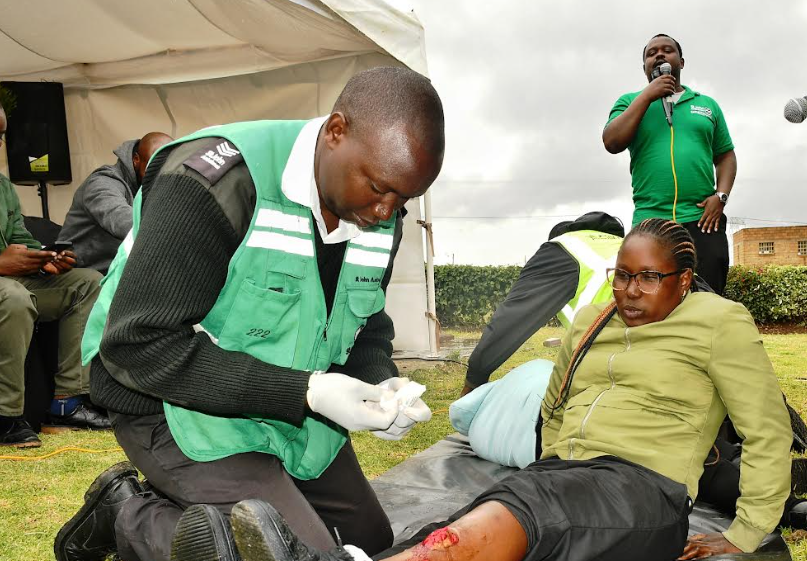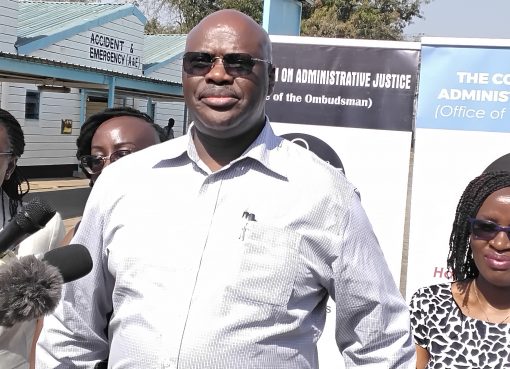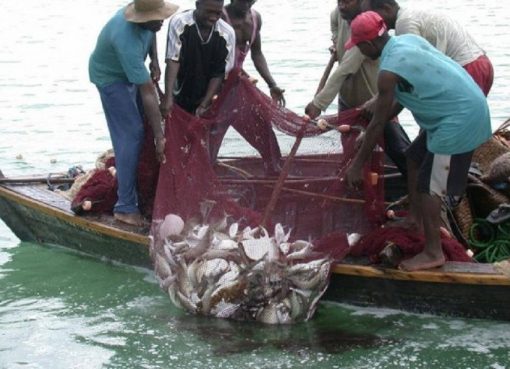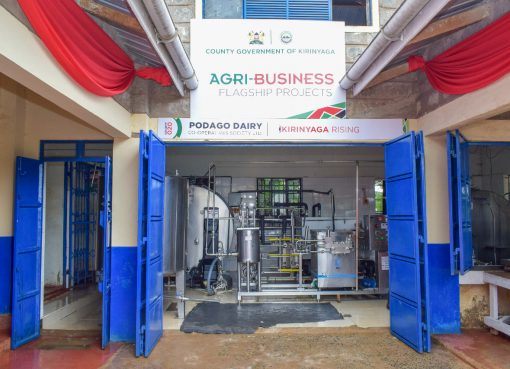A second accident response centre has been launched at the accident-prone Kinungi area on the Nairobi-Nakuru highway in Naivasha as a measure to save lives on the Northern Corridor, which is known to record high road carnage every year.
The response centres done under the Huduma baada ya Ajali Barabarani project is a life-saving initiative supported by UN-Habitat that seeks to provide critical and timely First Aid and support to road accident victims and promote road safety awareness along the Nairobi-Eldoret highway.
The project will also seek to provide stabilisation at accident scenes, trauma management, and support to victims of road accidents, along with proper management of the accident victims and timely hospital evacuations for those in critical condition. The centres will be run by St. John’s Ambulance, which will manage all the first responders to numerous accidents along the single-lane highway.
This comes months after St. John’s opened another facility in the Karai area in Naivasha along the same highway earlier this year to provide the first response to victims of road accidents.
Speaking during the launch of the Kinungi centre in Naivasha on Friday, Traffic Commandant, Assistant Inspector-General (AIG), Dr. Fredrick Ochieng, voiced concern over the increasing number of accidents on our roads, noting that the Northern corridor from Mombasa to the Malaba border contributes the highest portion of these accidents.
He noted that the road carnage in the first nine (9) months of this year increased by eight per cent to 3,369 fatalities from 3,151 in the same period in 2023.
Of these fatalities, 1,281 were pedestrians, followed by 825 motorcyclists, 654 passengers, 281 drivers, and a further 259 pillion passengers.
Data released by the National Police Service (NPS) in September this year shows that since the year started, 7,114 Kenyans have been involved in road accidents, marking an increase of 703 compared to last year. A total of 3,674 were seriously injured, and 585 suffered minor injuries.
Dr. Ochieng attributed the increase in these accidents to a lack of awareness among Kenyans about traffic regulations. He gave an example where many people, especially in Nairobi, have been found to cross the roads at undesignated places, hence endangering their lives.
“As the festive season approaches, where the country normally records the highest number of road accidents, there is a need to prioritise road safety awareness, increase road signs, and ensure they are clearly visible,” he said.
Dr. Ochieng noted that there were plans to increase signage on the entire northern corridor, starting with Nairobi, in an effort to reduce and prevent accidents.
The Traffic Commandant announced that patrols are going to be enhanced on the highways during the festive season to arrest all those who will flout the traffic rules.
“Officers will descend on the road with Alco blow equipment to check out on the drunk drivers and also speed checks to arrest those speeding, as these two have been found to be the biggest causes of accidents on our roads,” Ochieng said.
He revealed that they were also going to come up with toll-free numbers in each region where members of the public can call to report rogue motorists this festive season and added that this programme is going to start with Nairobi, adding that they were committed to reducing the road carnage in the country by half by 2030.
The Traffic Commander also lamented about the rampant vandalism of guardrails and road signs and urged members of the public to take security and help prevent this vice by reporting the culprits.
Following the spike in accidents, the government, together with St. Johns Ambulance and other stakeholders, have partnered to set up emergency response centres at major black spots along the Northern Corridor.
The A104 Nairobi-Malaba road, which is part of the northern corridor’ despite being an economic lifeline not only for Kenya but for the entire East Africa region, connecting the port of Mombasa to neighbouring landlocked countries like Uganda and the DRC Congo, has also been a major contributor to road carnage in the country.
Aside from the cargo transported on this route from the port of Mombasa, thousands of travellers ply this highway that connects the capital of Kenya to the western part of the country and neighbouring countries.
St. Johns Ambulance Chief Executive Officer (CEO) Dr. James Njagi said the move to set up the centre is informed by the high number of accidents reported along this stretch.
In order to save more lives on the roads in times of accidents, Njagi appealed to other stakeholders to come on board and support St. Johns Ambulance set up more response centres across the country to offer emergency response in times of accidents.
The St. John’s CEO said there are currently 19 highway stations on the northern corridor stretching from Mombasa to Malaba but added that plans are underway to increase the number to 200.
He observed that they were going to create awareness for all passengers, Matatu Saccos, and all stakeholders.
“Check your car to ensure it’s in good condition; don’t drink and drive at the same time; arrive alive this season and arrive safe,” Njagi advised.
Nakuru Region National Transport Safety Authority (NTSA) Coordinator Mr. Joseph Gichohi, on his part, hailed the project, saying it was timely and concurred that there was a lot of vandalism of road signage, but reiterated they are now coming up with a new technology that will help to secure them.
He also emphasized that road bumps must be done to standard and marked properly; otherwise, they will create even more danger to the road users.
Road safety in the country has been a priority for both the government and private sector, with stakeholders trying to come up with different mechanisms to reduce the number of road accidents that have claimed many lives and left victims with life-threatening injuries.
Among the initiatives are the erection of road signs in blackspot areas, re-designing road infrastructure, and the installation of speed cameras on major highways to monitor rogue drivers, all of which are geared towards ensuring that cases of road accidents are reduced by 50 per cent.
The installation of speed cameras has been hailed as a game changer, especially in the counties of Nairobi, Nakuru, Kiambu, and Machakos that lead in deaths as a result of road accidents, representing 36 per cent of the total fatalities recorded in 2022.
NTSA estimates that more than 3,000 Kenyans die from road accidents every year, costing the country anywhere between 3-5 per cent of Gross Domestic Product (GDP). 83 per cent of the fatalities were men, with individuals aged between 30-34 years being most at risk, thus robbing the country of a very productive age bracket. But the World Health Organisation (WHO) puts the figures at much higher.
Many accidents occur over the weekends and holidays, with the hours 5pm-8am being considered as peak accident hours, with drunk driving and carelessness being cited as some of the major causes of these accidents.
The majority of people who die in these accidents are vulnerable road users—pedestrians, motorcyclists, and cyclists. In addition, nearly one-third of deaths are among passengers, many of whom are killed in unsafe forms of public transport.
By Mabel Keya – Shikuku





